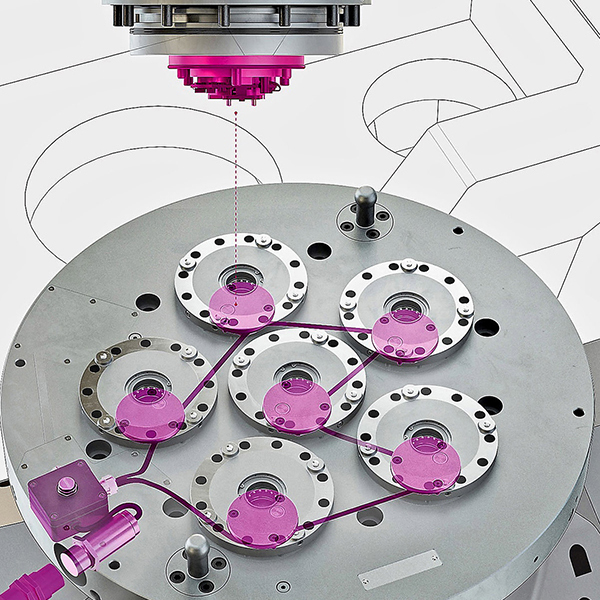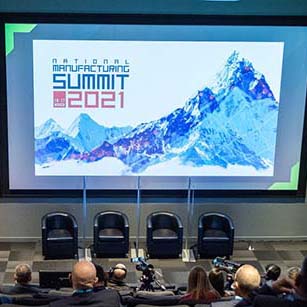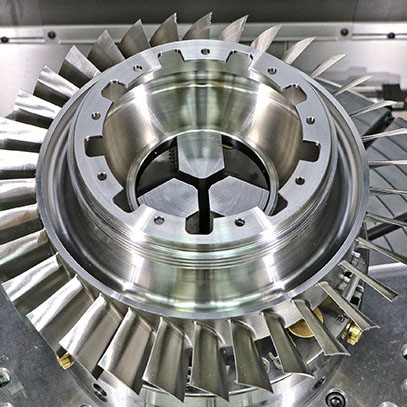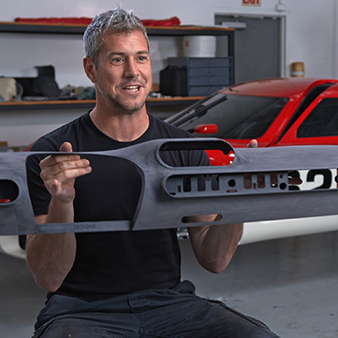
Roemheld has introduced a modular, sensor-based system that digitalises zero-point clamping by enabling a digital recording of its status. STARK.intelligence enables data on workpiece loading and unloading to be integrated directly into an automated manufacturing process. Information is also provided on the condition of the clamping equipment to facilitate its scheduled maintenance.
Each fixture is equipped with its own sensor box to measure position, temperature and pressure in real-time. A master unit receives data from several units and outputs the information to different devices via IO-Link. The device can be the machine tool’s control screen, computers in the quality assurance department or the service engineer’s smartphone.
It is possible to combine STARK.intelligence with various STARK zero-point clamping systems ready for easy retrofitting to machine tables and quick-release fixture plates. Due to the modular design, users are able to choose between individual components or a complete solution, which may include the integration of an RFID interface that automatically detects pallets and workpieces.
Another new Roemheld introduction is a range of compact bore clamps with a large clamping range for five-sided machining. The devices hold internally, exerting force both radially outwards and downwards against a support surface. The new models enable safe location in bores from 5.2 to 13.7 mm, so are suitable for clamping small workpieces. Bore size can be easily adjusted through interchangeable bushings while the clamping element remains in its fixture. Users can replace worn bushings within a few minutes. The support height is also easily adjustable to suit workpieces having clamping surfaces at different levels. An air blast helps to keep the bushing clean and ensures reliable operation.
For further information
www.roemheld.co.uk























